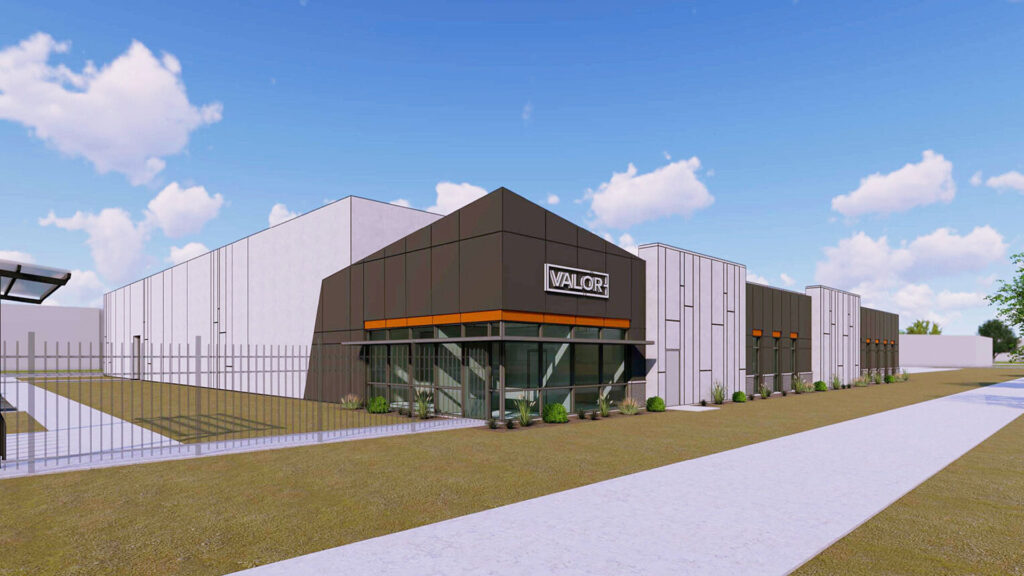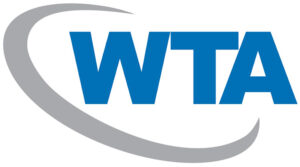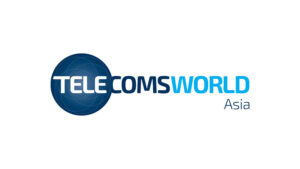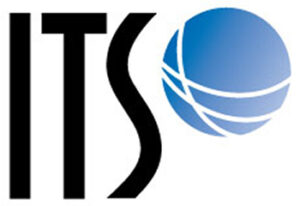Standing at the outset of a new decade, we have seen an unprecedented shift in the way businesses operate amidst the COVID-19 pandemic. As the international network industry moves to support businesses around the world during this challenging period, it’s clear we have a major role to play in keeping people connected.
So how will connectivity continue to evolve during and beyond 2020? And what are the challenges and opportunities infrastructure providers, operators, OTTs, and carriers face as we manage this shift in the way data is consumed?
Changing Consumption Drivers
The move to working from home in the first few months of 2020 is driving increased demand for data. At Telstra, we’ve seen a spike in demand by 20 to 30 percent on our international network in the past few months alone.
Recent research by TeleGeography found that demand for international bandwidth is more than doubling every two years, a trend consistent with what Telstra is seeing on its leading APAC subsea network.
This is being driven by business data and video, but it’s also a result of growing consumer trends. Take the boom in online gaming as a case in point.
Data use from gaming is less than video streaming (for now) – as Kotaku notes, “Data use from gaming is much lower than streaming video: on average, games will only use around a third of the data of streaming Netflix in SD, let alone HD or 4K streaming.”
Yet, whether it’s FIFA, Fortnite, or League of Legends, online gaming is a big business that requires significant capacity, global connectivity, and reliable availability and latency.
To meet this demand, companies are investing in existing networks and in new infrastructure.
The center of gravity for connectivity-driven growth is shifting toward Asia, which comprises both developed and fast-growing economies.
That emphasis is acting as a catalyst for both consumption and investment. At the regional level, the pace of international bandwidth demand growth will be the most rapid in Asia where demand is expected to increase 45 percent compounded annually between 2018 and 2025.
Underpinning that demand isa range of new and improved routes for data to travel across the globe. Cables with a combined construction cost of USD 7.9 billion entered service between 2016 and 2018. Based on publicly-announced planned cables, an additional USD 7.4 billion worth of new cables will be launched between 2019 and 2021.
The Impact of SDM Submarine Cables
The introduction of coherent optical technology has improved total optical power (TOP) and the optical signal-to-noise ratio (OSNR), enabling more data to be transmitted through a fiber optic cable. Maximizing capacity per fiber pair has become the driver in submarine cable development. In the last 18 months, however, this has changed with the advent of space-division multiplexing (SDM) cables. While such cables offer lower capacity and OSNR per fiber pair, in some instances they almost carry double the number of fiber pairs at the same cost point.
Reducing the power per fiber pair also allows for a larger number of repeaters and fiber pairs in a system. While it was rare to see cables of more than six fiber pairs a few years ago, SDM cables are now designed with up to 16 fiber pairs or more.
The increasing adoption of SDM increases the overall cost-efficiency of international networking – enabling lower unit and capacity costs on high-volume routes or traffic between data centers. Yet that also increasingly commoditizes that connectivity, particularly on major, high-volume routes.
The challenge for carriers will be underlining the value inherent in additional service layers to customers.
Investment in Unique Routes as a Differentiator
OTTs and cable providers are increasingly differentiating by investing in diversity and uniqueness across their infrastructure, particularly in areas often affected by natural disasters.
For example, bypassing disaster-prone areas such as the Luzon Strait in routes connecting to major cities like Hong Kong, providers can offer significant benefits to customers looking for the reassurance and reliability such diversity offers.
With many organizations now starting to build their own overlay networks, data center-to-data center connectivity is becoming increasingly critical, requiring unique and diverse pathing beyond cables alone to drive end-to-end connectivity.
While there is an increasing trend toward such investment, it remains costly and time-consuming. Realizing those benefits requires investment in licensing costs, backhaul networks, and regulatory approvals and compliance.
That’s why access to existing infrastructure is still critical – and ownership of multiple cable segments landing across key Asian markets like Singapore, Hong Kong, Japan, Philippines, Taiwan, and Korea enables improved management and control.
These developments in networking infrastructure underline the importance of partnership between stakeholders, relying on expertise and experience in the planning, creation, and management of global networks.By investing in additional capacity on key routes and building terrestrial networks, network operators that connect millions of consumers and businesses to the Internet and with each other worldwide can not only thrive but maintain their leadership.






























